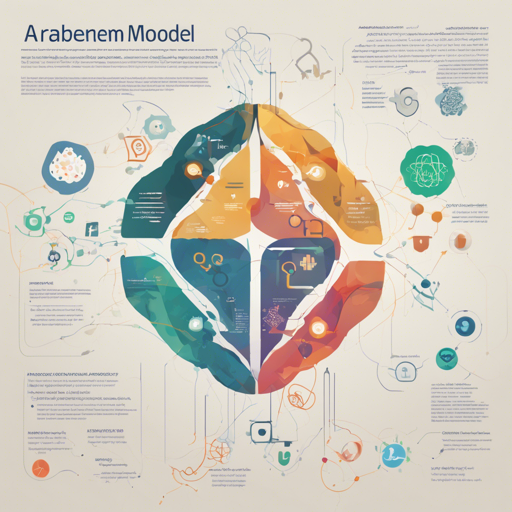If you are venturing into the world of Arabic NLP (Natural Language Processing), then the AraBERTMo model is your guide to unlocking the potential of the Arabic language using modern techniques. This blog will provide you with easy-to-follow steps to load and use the AraBERTMo model, troubleshoot common issues you may encounter, and make you more familiar with its components.
What is AraBERTMo?
AraBERTMo is an advanced Arabic pre-trained language model that is structured based on the popular [Google’s BERT architecture](https://github.com/google-research/bert). Designed specifically for Arabic, AraBERTMo_base leverages a plethora of linguistic data to understand and generate language. Additionally, it comes in 10 exciting variants, all hosted on the HuggingFace model page under the name Ebtihal.
Getting Started with AraBERTMo
Before diving into the world of AraBERTMo, ensure you have the necessary libraries installed. For this model, you will need torch or tensorflow, along with the HuggingFace Transformers library.
Step-by-Step Instructions
- Install the Required Libraries:
pip install torch tensorflow transformers - Load the Pretrained Model: Using the following Python script, initialize the tokenizer and model.
from transformers import AutoTokenizer, AutoModelForMaskedLM
tokenizer = AutoTokenizer.from_pretrained("Ebtihal/AraBERTMo_base_V7")
model = AutoModelForMaskedLM.from_pretrained("Ebtihal/AraBERTMo_base_V7")- Input Your Text: You can now use this model to perform various tasks like fill-mask, text classification, etc.
Understanding the Model’s Training
The AraBERTMo_base_V7 model was pre-trained on a sizable Arabic corpus, comprising approximately 3 million words sourced from the OSCAR dataset to ensure that it has a wide-ranging understanding of the language.
Training Results Overview
Here’s a brief overview of the training results:
- Task: Fill-Mask
- Number of Examples: 50,046
- Number of Epochs: 7
- Batch Size: 64
- Training Loss: 7.1381
Troubleshooting Common Issues
While implementing models like AraBERTMo, you may run into a few common issues. Here are some troubleshooting tips:
- Model Not Found Error: If you receive an error stating that the model cannot be found, ensure you have entered the correct model name (“Ebtihal/AraBERTMo_base_V7”) and that your internet connection is active.
- Library Compatibility: Confirm that your versions of torch, tensorflow, and transformers are all compatible—updating them may resolve issues.
- Performance Issues: If the model is running slowly, consider checking your hardware specifications. Using a GPU for model inference can significantly speed things up.
For further insights, updates, or to collaborate on AI development projects, stay connected with fxis.ai.
Conclusion
At fxis.ai, we believe that such advancements are crucial for the future of AI, as they enable more comprehensive and effective solutions. Our team is continually exploring new methodologies to push the envelope in artificial intelligence, ensuring that our clients benefit from the latest technological innovations.

